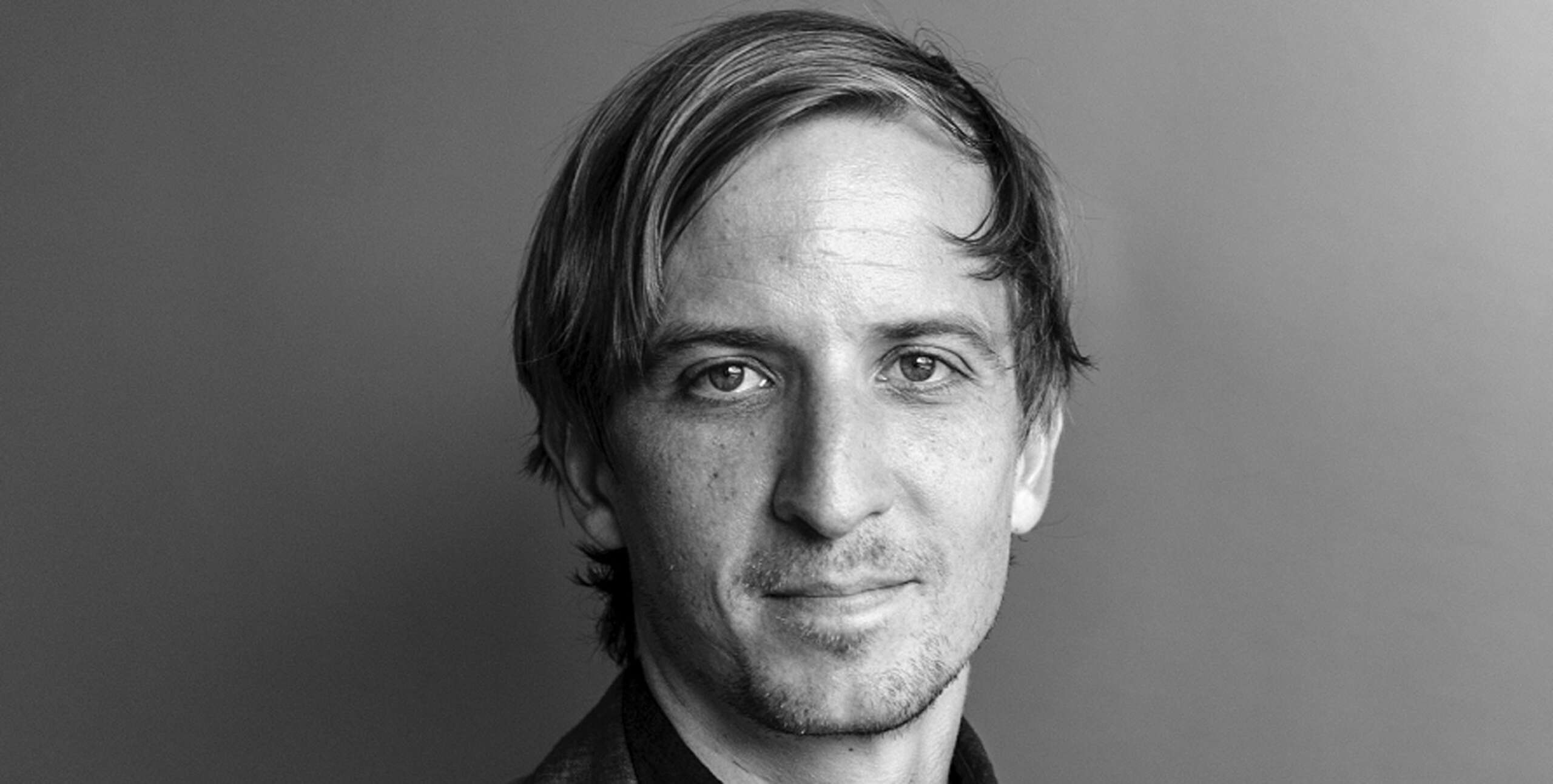Zaandam is a curious tale in urban planning. Its life began as a small industrial town along the river Zaan, on the outskirts of Amsterdam. It was a significant centre for milling wood from Scandinavia that was used for shipbuilding in the Dutch Golden Age. At its peak, it had hundreds of windmills in its employment churning out paints, oils, flour and timber for artists, industrialists and intelligentsia living in Amsterdam.
But the owners of its mills eventually became the leaders of the town, and the industry that once thrived there darkened the streets and city life when it left. Over time, Zaandam became rampant with crime and destitution. Things got so bad that police would stop patrolling the downtown all together as it became too costly an area to enforce.
De Zaans Schans is a neighbourhood in Zaandaam. Its iconic windmills and Zaanse Huisjes served as the inspiration for Inverdam.
A series of initiatives to revamp the area in the 70’s were proposed but none ever saw the light of day. It wasn’t until the early 2000’s when dutch architect Sjoerd Soeters was brought in to design a masterplan for the downtown, a plan dubbed ‘Inverdan’ meaning “deviating from the buildings, more to the rear”. Soeters’s vision was extremely daring. He drew inspiration from the traditional ‘Zaanse Huisjes’ in the region and reimagined it in a bold and contemporary way to inject new life and pride into the town.
The City’s bet on Inverdam paid off and Zaandam is a booming area for development. One of the first buildings to be constructed under the new masterplan was the unforgettable Inntel hotel designed by Delft studio WAM Architecten. Composed of stacked houses reminiscent of the traditional “Zaanse Huisjes’, the colourful facades playfully show off Zaandam’s new identity in Holland. The blue house in particular is a nod to a painting Claude Monet made in the area in 1871.
Next door to the Inntel hotel is the ‘Stadhuis’ (City Hall), an equally bold design that looks more like a village than a civic office. Designed by Soeters, the building consists of 8 enlarged houses and is open to the public.
Several other buildings like the Hermitage (picture above) have been completed or are nearing completion. MVRDV has been working on a new cultural centre that uses the profile of a Zaanse Huis to create a new atrium for the building.
Only a 12 minute train ride from Centraal Station in Amsterdam, it makes day trips from the cultural capital of Holland a fun detour into dutch culture and society. Residents seem to be split on the boldness of Inverdam but no one can question the economic success it has brought to the town.
What are your thoughts? Did Soeters’ go too far or is this just what Zaandam needed?



